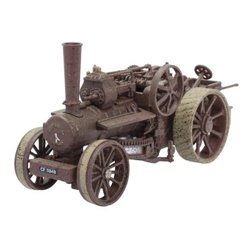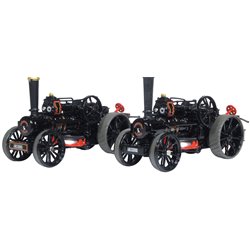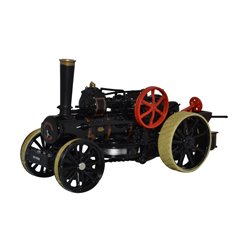There are several advantages that analogue control has over DCC (Digital Command Control) in the context of model...
No products
Product successfully added to your shopping cart
There are 0 items in your cart. There is 1 item in your cart.
Search Tips
Christmas and New Year
Due to public holidays, orders will be next dispatched on Monday 29th.
If you select next day delivery at checkout, please note deliveries are not made on New Year's Day or Sundays.
The shop in Sandown is closed on Saturday 27th December and will reopen on Tuesday 30th December.
Tuesday 30th: 10am to 4.30pm - Wednesday 31st: 10am to 2.30pm - Thursday 1st: closed - Friday onwards: 10am to 4.30pm.
What is a traction engine?
A traction engine is a self-propelled steam-powered vehicle designed to move heavy loads, plough fields or provide power for machinery. It was widely used in the UK during the 19th and early 20th centuries before being replaced by internal combustion engines.
Key Features of a Traction Engine:
- Steam-Powered – Runs on coal, wood or oil, using a boiler to generate steam.
- Large Wheels & Robust Frame – Designed for rough terrain and heavy-duty work.
- Slow but Powerful – Built for pulling heavy loads rather than speed.
- Versatile Uses – Used for agriculture (ploughing and threshing), road haulage and powering fairground rides or sawmills.
Traction engines were the forerunners of modern tractors and steam lorries. Today, they are mainly seen at heritage rallies and steam fairs, where enthusiasts restore and display them.
Click here to receive the tips weekly in your mailbox. You can unsubscribe at any time.










